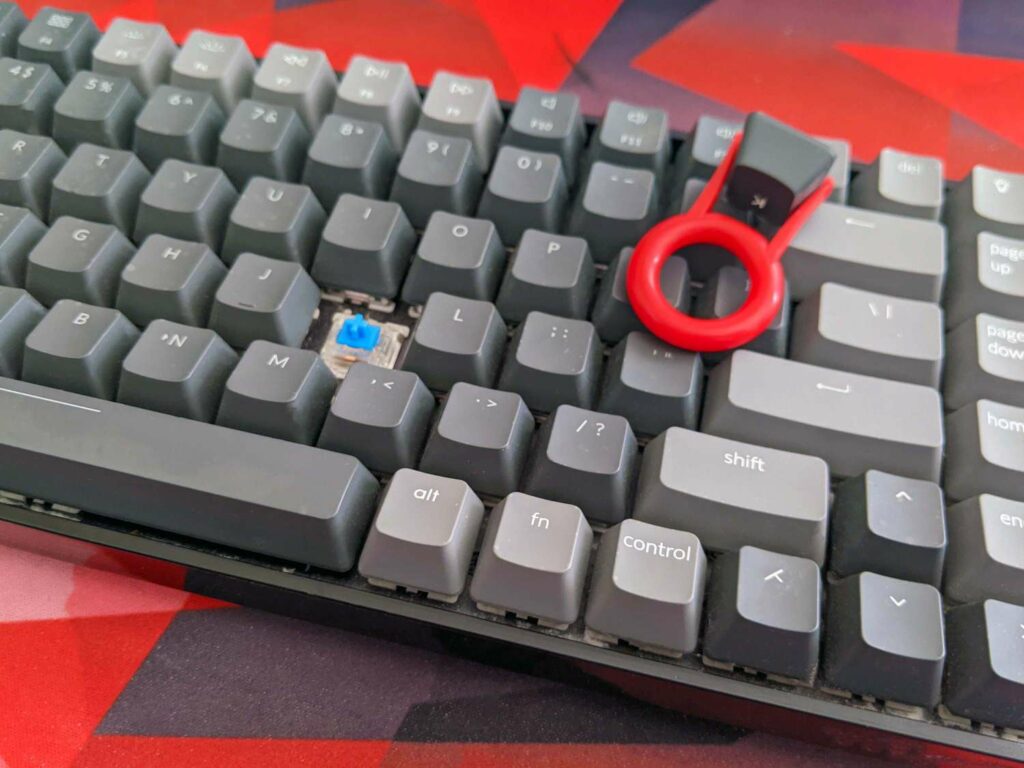Unresponsive Keys: A Comprehensive Guide to Fixing Keyboard Issues on Your Computer

Introduction:
The keyboard is an essential component of any computer, enabling users to communicate, create, and navigate with ease. However, when keyboard keys suddenly stop working, it can be a perplexing and inconvenient issue. In this comprehensive guide, we will explore the common reasons behind unresponsive keys, provide troubleshooting techniques, and offer step-by-step solutions to help you diagnose and fix keyboard issues on your computer.
Common Causes of Unresponsive Keyboard Keys:
- Hardware Malfunctions:
- Cause: Physical damage, wear and tear, or manufacturing defects can lead to unresponsive keys.
- Solution: Inspect the keyboard for visible damage, clean it thoroughly, and consider replacing the keyboard if the issue persists.
- Software Glitches:
- Cause: Corrupted or outdated keyboard drivers, operating system glitches, or conflicting software can result in unresponsive keys.
- Solution: Update keyboard drivers, perform a system reboot, and check for conflicting software. Reinstalling keyboard drivers may also resolve software-related issues.
- Driver Issues:
- Cause: Outdated or incompatible keyboard drivers can cause key malfunctions.
- Solution: Update keyboard drivers manually through Device Manager or automatically using third-party driver update software.
- Sticky or Jammed Keys:
- Cause: Debris, spilled liquids, or general dirt accumulation can lead to sticky or jammed keys.
- Solution: Clean the keyboard thoroughly, remove any debris, and use compressed air to blow out particles between the keys.
- Num Lock or Function Key Settings:
- Cause: Incorrect Num Lock or Function key settings may cause certain keys to behave differently.
- Solution: Toggle Num Lock and Function key settings to check if they are affecting key functionality. Adjust settings in the keyboard configuration if needed.
- Accessibility Features:
- Cause: Accessibility features such as Sticky Keys or Filter Keys may impact key responsiveness.
- Solution: Disable accessibility features in the Control Panel or Settings menu.
- USB Connection Issues:
- Cause: Loose or faulty USB connections can lead to intermittent keyboard malfunctions.
- Solution: Ensure a secure USB connection, try using a different USB port, or test the keyboard on another computer to rule out connection issues.
- Malware or Virus Infections:
- Cause: Malicious software can interfere with keyboard functionality.
- Solution: Run a comprehensive antivirus scan to detect and remove any malware or viruses affecting the system.
Step-by-Step Troubleshooting Tips:
- Inspect the Physical Condition:
- Examine the keyboard for visible damage, wear, or loose keys.
- Clean the keyboard thoroughly to remove debris and dirt.
- Restart Your Computer:
- Perform a system restart to clear temporary glitches.
- Check if the unresponsive keys persist after the restart.
- Update Keyboard Drivers:
- Manually update keyboard drivers through Device Manager.
- Use third-party driver update software for automatic updates.
- Check Num Lock and Function Key Settings:
- Toggle Num Lock and Function key settings to check for key behavior changes.
- Adjust settings in the keyboard configuration if needed.
- Clean Sticky or Jammed Keys:
- Clean sticky keys with a gentle cleaning solution.
- Use compressed air to remove debris between keys.
- Disable Accessibility Features:
- Turn off Sticky Keys, Filter Keys, or any other accessibility features in the Control Panel or Settings menu.
- Test on Another Computer:
- Connect the keyboard to another computer to check if the issue persists.
- Rule out computer-specific problems by testing on a different device.
- Check USB Connections:
- Ensure a secure USB connection between the keyboard and the computer.
- Test the keyboard on different USB ports to rule out connection issues.
- Run Antivirus Scan:
- Perform a comprehensive antivirus scan to detect and remove malware or viruses.
- Ensure the security software is up-to-date.
- System Restore:
- If the issue started after a recent system change, perform a system restore to revert the computer to a previous state.
- Reinstall Keyboard Drivers:
- Uninstall the keyboard drivers through Device Manager.
- Reboot the computer, and let the system reinstall the drivers.
- Check for Operating System Updates:
- Ensure the operating system is up-to-date with the latest patches and updates.
- Install pending updates to address potential software glitches.
- Factory Reset (Advanced):
- As a last resort, consider performing a factory reset on the computer.
- Ensure to back up important data before proceeding.
- Seek Professional Assistance:
- If all troubleshooting steps fail, seek professional assistance from the computer manufacturer or a certified technician.
- Professional diagnosis and repair may be necessary for hardware-related keyboard issues.
Conclusion:
Experiencing unresponsive keyboard keys can be a frustrating situation, but with a systematic approach to troubleshooting, users can often identify and resolve the underlying causes. Whether the problem is rooted in hardware malfunctions, software glitches, or external factors, the step-by-step solutions provided in this guide offer a comprehensive roadmap for users to regain control over their keyboard functionality. If the issue persists or if users are uncertain about the necessary steps, seeking professional assistance ensures a thorough diagnosis and targeted solutions to address the root cause of the problem, ultimately restoring the keyboard to reliable operation.




